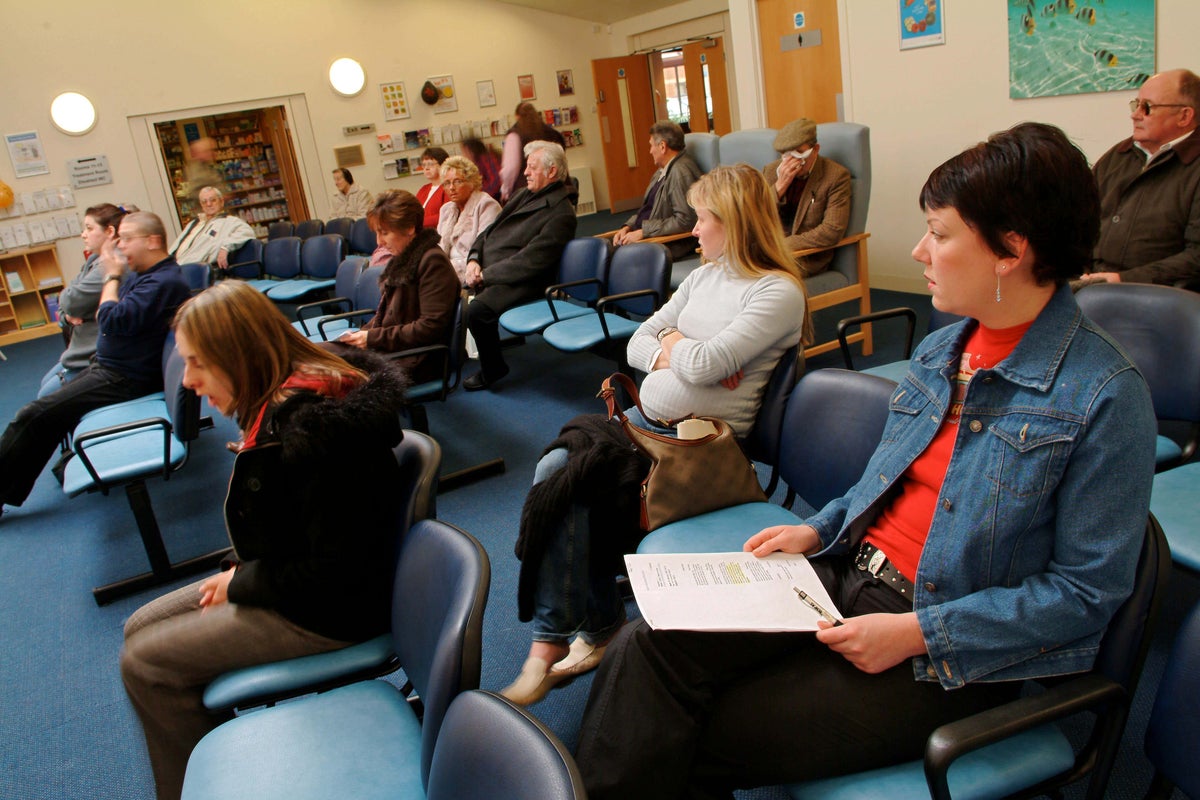
GPs are having to deal with more patients while their own numbers dwindle, new research has suggested.
Between 2016 and 2022, the number of fully qualified GPs working across England fell from 29,320 to 27,372, while the number of registered patients grew from 58,083,265 to 62,225,886, according to the House of Commons Library.
The Liberal Democrats, who commissioned the research, warned of a “stark postcode lottery” across the country, with some areas affected much worse than others.
Blackburn with Darwen in Lancashire, for example, faces the worst increase in the number of patients now seen by each GP.
In 2016, the borough had 74 full-time GPs with 173,403 registered patients.
In 2020, the number of GPs had fallen to 63, with patient numbers rising to 182,406.
The area now has 2,915 registered patients per fully qualified GP, more than anywhere else in the country, up from 2,332 per GP in 2016.
A similar pattern can be seen across other areas of the country, with 2,821 patients per GP in Portsmouth, 2,805 patients per doctor in Hull, and 2,805 per practitioner in Oldham.
Liberal Democrat Health and Social Care spokeswoman Daisy Cooper, said: “Communities across the country are seeing ever falling numbers of GPs treating ever growing numbers of patients, in a stark postcode lottery.
“It is creating a perfect storm that means for many people, it feels almost impossible to see your GP when you need to.”
She added: “This ever-worsening GP shortage is having a terrible human cost, as people face delayed or missed diagnoses and A&Es fill up with desperate patients looking for treatment.
“People are fed up with this Government failing to deliver on the basics as local health services are driven into the ground.”
Professor Kamila Hawthorne, chairwoman of the Royal College of GPs, said the research “shows yet again how GPs and our teams are working above and beyond to deliver care to an ever-growing patient population, with falling numbers of fully qualified, full-time equivalent GPs”.
Prof Hawthorne added: “Patients and GP teams deserve better. This is why the college is calling on government to implement a new recruitment and retention strategy that goes beyond the target of 6,000 GPs pledged in its election manifesto, including initiatives to attract GPs to work in under doctored areas, where our services are often most needed.
“Funding for general practice must also be returned to 11% of the total health spend, and better investment in our IT systems and premises is needed, alongside steps to cut bureaucracy so that we have more time to deliver care to the growing numbers of patients who need it.”
A Department of Health and Social Care spokesperson said the number of doctors in general practice “has risen by almost 500 in 2022 compared to 2021 which is more than 2,000 higher than before the pandemic in December 2019”.
The spokesperson added: “There were over 90,000 more GP appointments every day in 2022 compared to 2021.
“We are working with NHS England and Higher Education England to grow the GP workforce by boosting recruitment, addressing the reasons why doctors leave the profession, and encouraging them to return to practice.
“We also have an ongoing recruitment scheme which has attracted hundreds of doctors to train in hard to recruit locations, with 550 training places in 2021 and 800 last year – which is helping to grow the workforce in many rural areas.”







